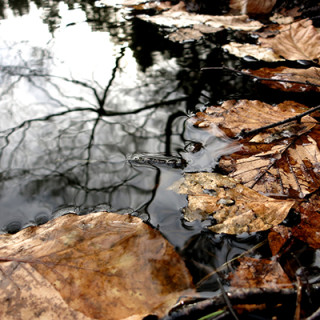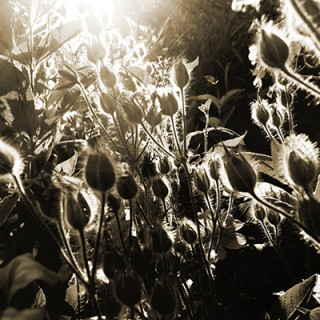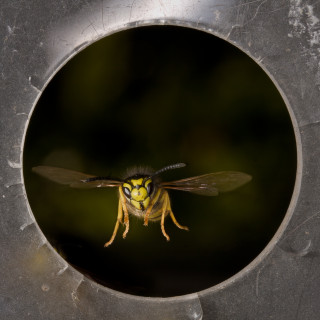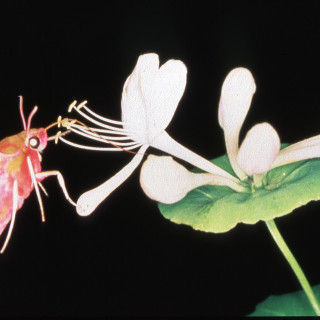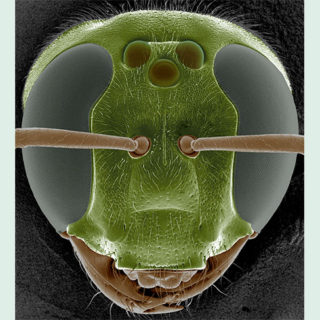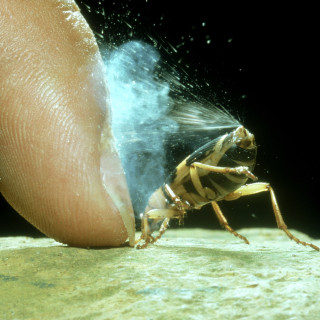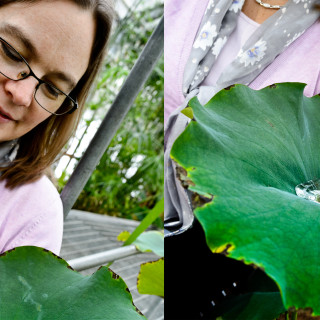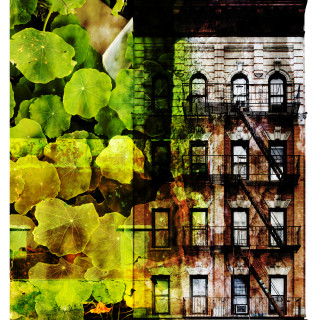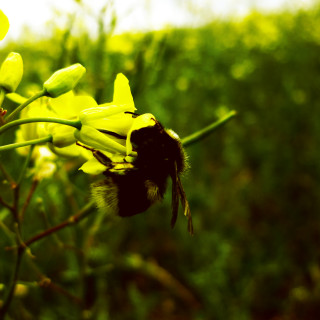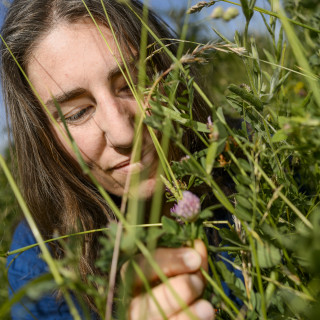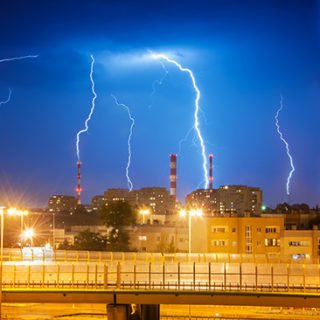Category: Environment & nature
We can count on water becoming browner in the future. This is due to the increasing amount of humus in the water – a phenomenon probably caused by something positive, namely, that the acidification has decreased. But drinking water companies are forced to invest in expensive purification filters, because consumers...
Electrons that are accelerated to almost the speed of light emit radiation in the form of synchrotron radiation when a strong magnetic field deflects them in their path. Synchrotron radiation is a light that is extremely bright, i.e. photon-dense, and equally intense at all wavelengths. Its short-wave and high energy...
Light is of fundamental significance as an energy and information carrier. Light rays enable us to see, and sunlight is the Earth’s most important source of heat. Light is also the basis for almost all life on Earth through the photosynthesis of plants, in which sunlight is used as a...
In the early 1990s, peacemakers, politicians and researchers believed that growing water shortages would lead to an increasing number of wars and conflicts around the world. It was thought that the disputes in the Middle East would become more difficult to resolve as water resources diminished. However, views have since...
All animals need some form of warning system that prevents them from colliding with objects in their surroundings. The warning system helps them to continually regulate their speed and determine their distance from objects. The Vision Group at the Department of Biology in Lund studies how insects control their progress...
Some insects have exellent nocturnal vision, despite having the same type of compound eyes as insects that are active during the day. Nocturnal bees in the rainforests of Panama can percieve light intensities that are 100 million times weaker than daylight! HOW DO FLYING INSECTS IMPROVE THEIR EYESIGHT AT NIGHT?...
The way that nocurnal insects intensify incoming light could be used to improve how cameras function in low light. Eric Warrent had the idea of applying his insect vision algorithm to a video camera. The algorithm senses how light it is and how much the camera is moving. Just as...
Brachinus crepitans is a centimetre-long beetle that deters predators, such as ants and frogs, by turning its back to the attacker and loudly squirting it with a mist of irritating liquid. A few years ago, a research group at the University of Leeds had the idea of developing the beetle’s...
A thin surface coating on packaging or on cars and buildings could provide protection against damp, ice formation and rust. Professor Charlotta Turner from the Department of Chemistry has drawn inspiration from nature’s creativity and the ingenious surface of the lotus leaf. The waxy surface of the lotus leaf is...






